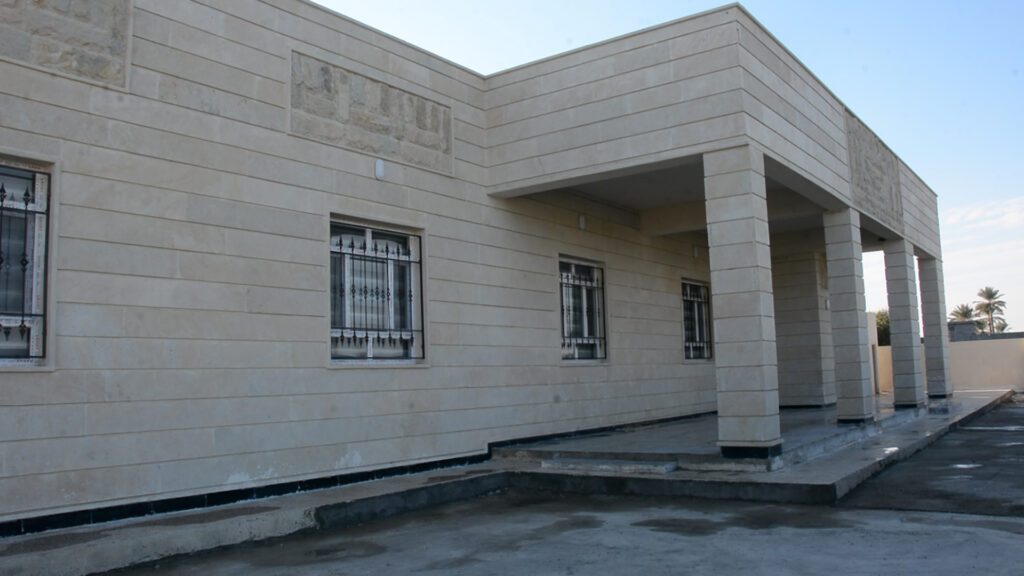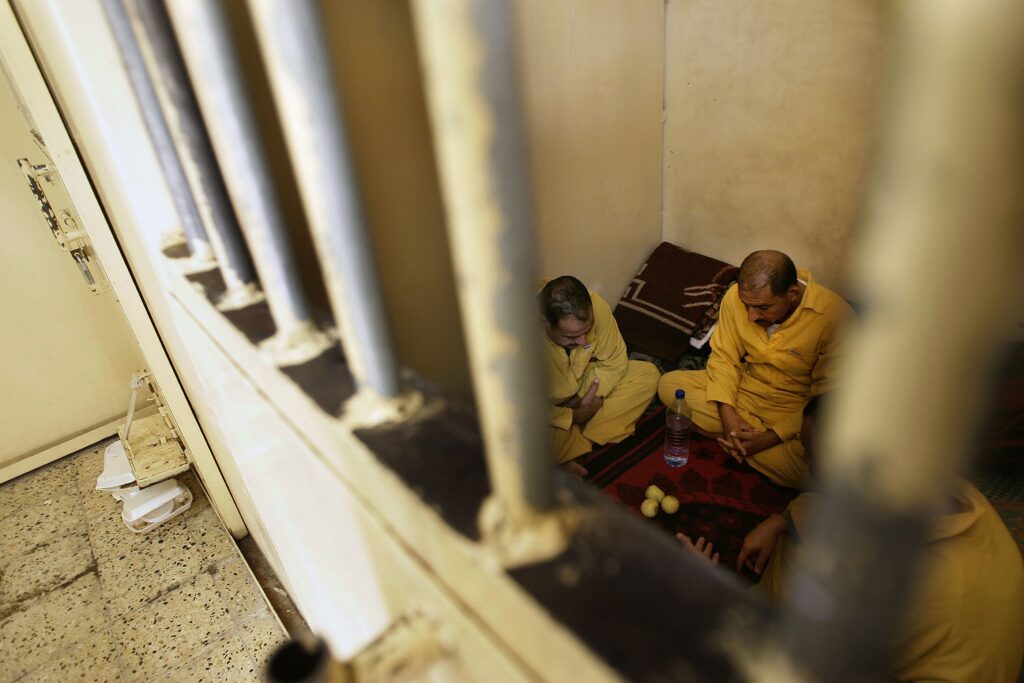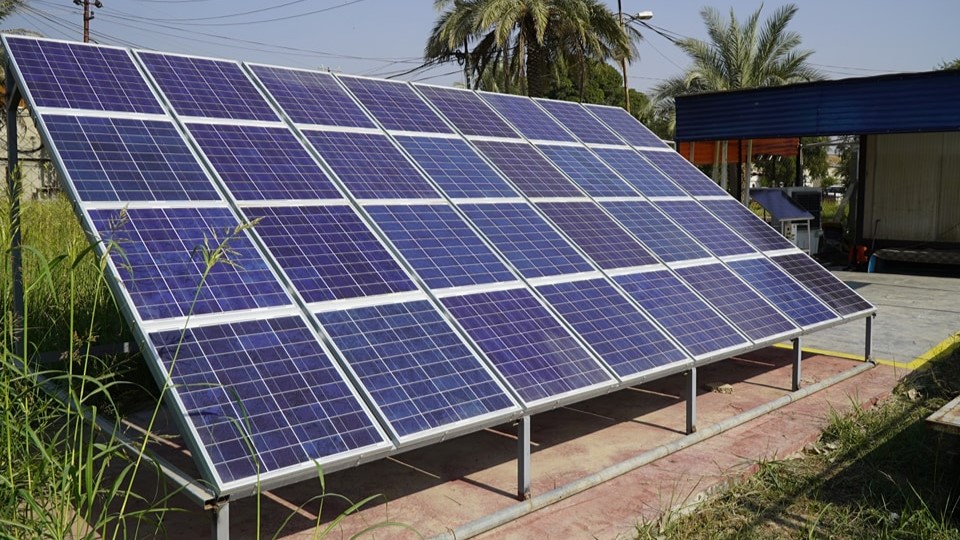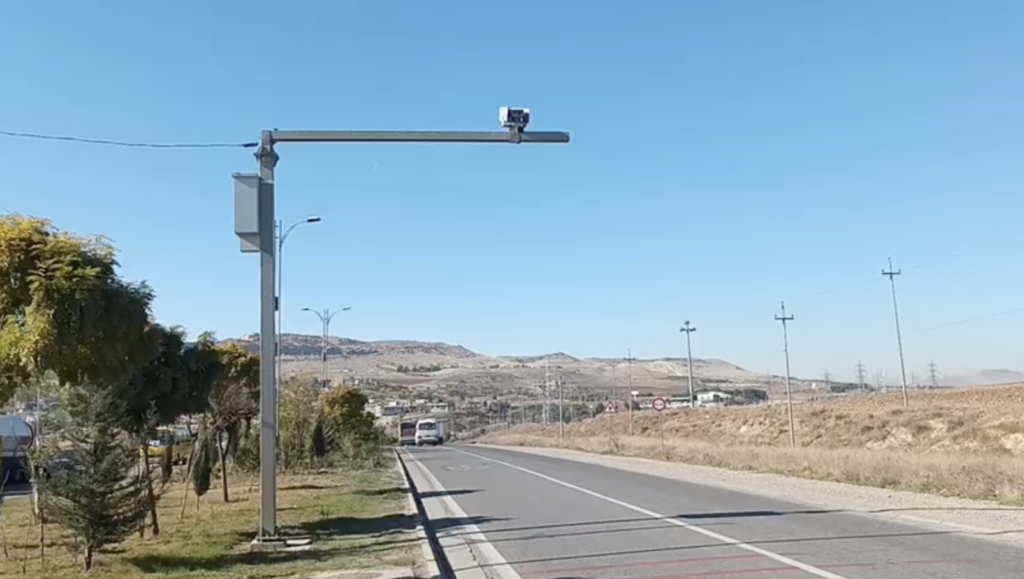Jordan: Jordan – Comprehensive Food Security and Vulnerability Assessment, 2018 (April 2019)
Entering the ninth year since the outbreak of conflict in the Syrian Arab Republic, there are currently 657,628 Syrian refugees registered in Jordan, of whom 79 percent (517,626) live in rural and urban host communities and 21 percent (140,002) in formal refugee camps.1 The protracted conflict has left refugees in host communities increasingly subjected to heightened levels of vulnerability and food insecurity as they use coping mechanisms that deplete their assets and are left with few alternative options for meeting basic needs.
For many vulnerable Syrian refugees, external assistance is the primary, and often the sole, means of meeting basic needs as an increased demand for goods and services has caused a corresponding increase in the costs of rent2 and basic products3. In parallel, non-Syrian refugees from Iraq, Somalia, Sudan, Yemen and other countries have also been subjected to high levels of vulnerability and food insecurity but are often not the target of humanitarian assistance. These communities face particular hardships resulting from stricter regulations on access to work4, limited access to services and assistance and frequent mistreatment.
Palestine refugees from the Syrian Arab Republic (PRS) are a distinct group in that they face specific problems linked to their irregular status and multiple and long-term displacements. To meet their basic needs, PRS households rely almost exclusively on assistance from the United Nations Relief and Works Agency for Palestine Refugees in the Middle East (UNRWA), which is mandated to assist this population group. With its struggling economy, Jordan has witnessed a rapid growth in the numbers of refugees residing in host communities, resulting in increasing strain on public services, greater competition for jobs and rising rents and prices for basic goods. These trends have affected the vulnerability and food security status of Jordanian host communities, particularly the poorest and most vulnerable. The 2018 comprehensive food security and vulnerability assessment (CFSVA) on which this report is based was a response to the need to increase understanding of the current food security and vulnerability status of Syrian refugees, non-Syrian refugees, PRS and vulnerable Jordanians.
Prior to the 2018 Comprehensive Food Security and Vulnerability Assessment (CFSVA), REACH and WFP conducted three annual Comprehensive Food security Monitoring Exercises (CFSMEs) in 2014, 2015 and 2016. The CFSME of 2014 provided the first nationwide assessment of the food security of Syrian refugees living in Jordan. Findings produced from the CFSMEs enabled WFP and the wider humanitarian community to analyse how changing levels of assistance and other changes have affected the food security of Syrian refugees in Jordan over time. These analyses have been critical in building a comprehensive understanding of food security in the country and of how it has been affected by changes in the levels and modalities of WFP assistance. There is continuing need for accurate and up-to-date data that highlight major issues and inform effective humanitarian responses to the fast-changing situtation in Jordan.
Food security findings have varied significantly over the years. The 2014 CFSME found that 53 percent of registered Syrian refugee households living in host communities were food-secure while the 2015 assessment saw this percentage decrease to 15 percent, largely because of reductions in WFP assistance. The latest CFSME, for 2016, found that 28 percent of Syrian refugee households in host communities were food-secure. This improvement was mainly due to a stabilization in the provision of food assistance, indicating that refugees were still largely in need of aid. The 2016 CFSME also highlighted the economic vulnerability that persists among Syrian refugees, with 60 percent of households having to resort to crisis or emergency coping strategies, 49 percent reducing essential non-food expenditure in areas such as health and education in order to meet their food needs, and 26 percent sending household members to work in socially degrading, exploitative, high-risk or illegal temporary jobs. The CFSMEs also provided equivalent information on food security and vulnerability in the refugee camps of Azraq and Zaatari, where food security steadily improved since 2015, largely due to sustained levels of food assistance. The availability of such data and the consequent awareness of the food security status of Syrian refugees have been critical in shaping WFP’s programming. Building on past experience, the 2018 CFSVA was conducted in a way that allows vulnerability and food security trends in 2018 to be compared with those identified in the 2014, 2015 and 2016 CFSMEs. However, there is no similar understanding of the status of non-Syrian registered refugees, PRS and vulnerable Jordanians. For these population groups, the CFSVA serves as a baseline assessment provides WFP and the humanitarian community with first and crucial data on vulnerability and food security. A story map on food security and vulnerability of Syrian refugees in Jordan was created and can be accessed through the following link: https://arcg.is/1z1miH
Overall, the findings of the CFSVA will enable WFP to revise existing targeting criteria based on identification of the characteristics of the people in greatest need of assistance and will contribute to the building of information on Syrian refugees, non-Syrian refugees, PRS and vulnerable Jordanians for future evidence-based programming.
The following report is based on data collected by REACH and jointly analysed by WFP and REACH teams. REACH was responsible for the analysis and reporting of the Syrian chapter, and WFP led the final analysis and reporting of the Jordanian, non-Syrian refugees and PRS chapters. While findings are presented here in one report, key differences between the populations groups led to the use of different sampling strategies. As such, the findings between each of the population groups are not designed to be compared and each population is presented in separate chapters. Each chapter is composed of an executive summary, presentation of findings and conclusion. The below section presents the overall objectives of the CFSVA and the methodology for the four population groups.








